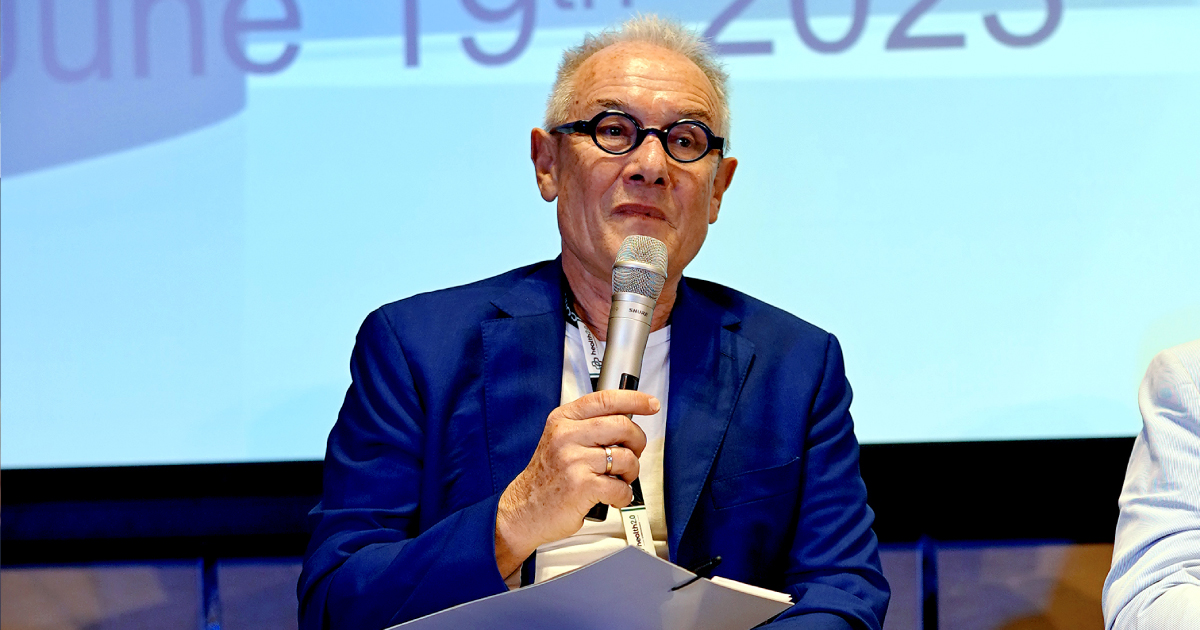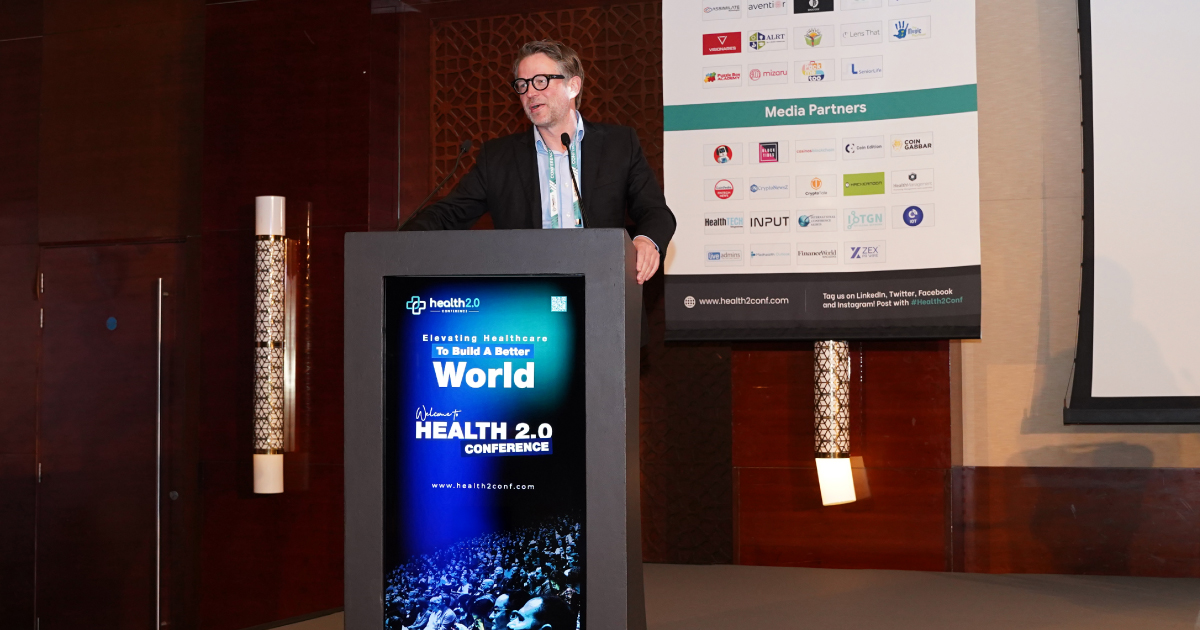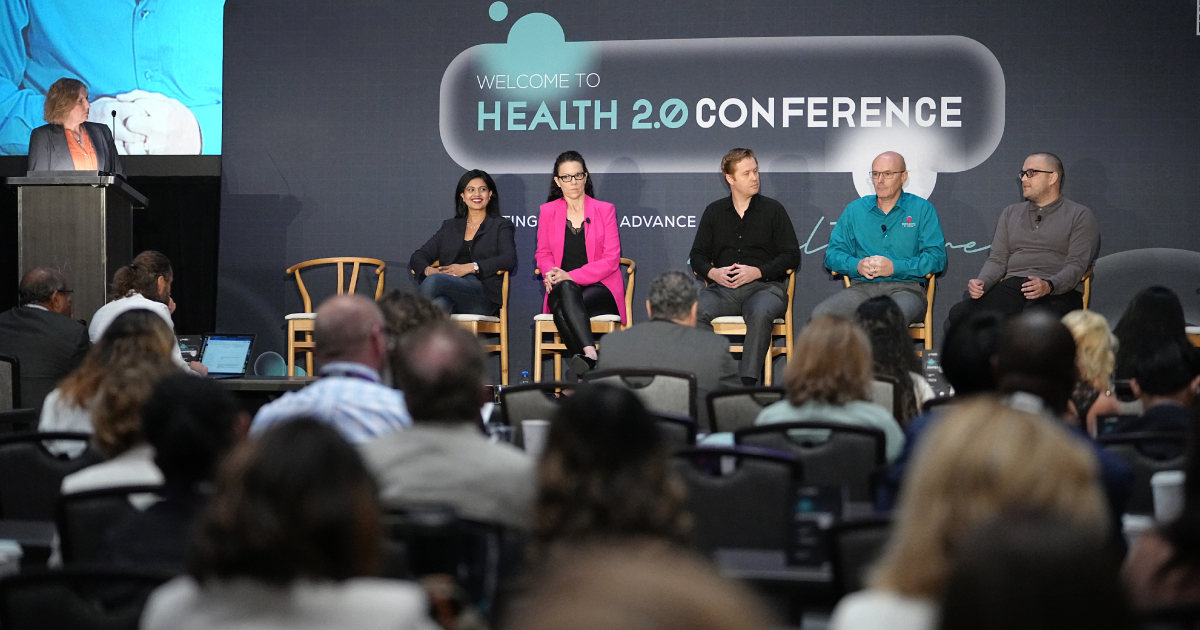Posted on : August 24, 2023

In a world that grows more interconnected by the day, the pursuit of accessible and top-notch healthcare is no longer a distant dream; it's an urgent necessity. It's a truth universally acknowledged that health is wealth, and this notion knows no boundaries. But how can we weave a tapestry of wellness that blankets every corner of the globe?
As we delve into making world-class healthcare affordable for all, the symphony of innovation, collaboration, and a commitment to human welfare takes center stage. This is no longer a tale of "haves" and "have-nots," but a story of relentless human endeavor to bridge gaps, conquer disparities, and provide care that's as inclusive as it is exceptional.
In this blog, we will delve into the heart of this transformative odyssey where affordability and excellence harmoniously intertwine, redefining the very essence of healthcare as we know it. We will use insights from the Health 2.0 Conference, one of the top healthcare conferences in Vegas.
A Global Healthcare Landscape: Challenges And Disparities
Navigating the vast expanse of global healthcare, we encounter a mosaic of challenges and inequities that highlight the urgent need for change. As we delve into this complex terrain, a few key points emerge that healthcare conferences in 2024 prioritize in their agendas. These are as follows:
- Disproportionate Access
Shockingly, billions across the globe lack access to even the most basic healthcare services. Around half of the world's population still lacks access to essential healthcare, according to the World Health Organization (WHO).
- Economic Barriers
Healthcare costs can be astronomical, plunging families into financial turmoil. People who are already poor might have trouble paying for doctors and medicine. This makes it hard for them to stay healthy.
- Rural-Urban Divide
Disparities aren't limited to country borders – rural areas often face limited access to healthcare facilities and skilled professionals, exacerbating health inequalities.
- Infectious Diseases
Infectious diseases can devastate communities, especially in developing nations with limited resources. The ongoing battle against diseases like malaria, HIV/AIDS, and now COVID-19 showcases the uphill struggle.
- Aging Populations
As the global population ages, the burden of chronic diseases like diabetes and heart disease escalates, demanding sustained and affordable healthcare.
- Healthcare Workforce Shortages
A shortage of trained healthcare professionals is a pressing issue. Low-income regions with less number of nurses, doctors and medical trainees often have poor medical outcomes.
- Infrastructure Gaps
Many regions lack the infrastructure necessary for effective healthcare delivery, from clinics and hospitals to reliable supply chains for medications.
Unveiling these challenges reveals a stark reality – the vision of accessible world-class healthcare for all remains a formidable task. However, this landscape of adversity also sparks determination and fosters innovation. Healthcare events in Dubai project that through collaborative efforts, innovative technologies, and policy changes, we can start to mend the gaps, ensuring that affordable and exceptional healthcare becomes a universal reality.
Innovative Strategies: Redefining Healthcare Delivery And Costs

In the pursuit of making world-class healthcare accessible to all, the landscape is ablaze with innovative strategies from healthcare conferences in 2024 that challenge traditional norms. Here's a glimpse into the dynamic world of redefining healthcare delivery and costs:
- Telemedicine Revolution
Digital leaps have birthed telemedicine, offering virtual consultations, diagnoses, and treatment plans.
- Precision Medicine
Tailoring treatments based on individual genetics, lifestyle, and environment is gaining momentum. This personalized approach enhances treatment effectiveness while minimizing adverse effects.
- Community Health Workers
Empowering local communities with basic medical training creates a grassroots network of healthcare providers. Studies indicate that community health worker programs can lead to improved health outcomes in underserved areas.
- Preventive Focus
A shift from curative to preventive care is gaining prominence. Preventive measures not only improve health but also reduce long-term healthcare costs. The World Economic Forum estimates that every dollar invested in prevention can save up to $10 in future healthcare spending.
- Affordable Drug Access
Initiatives like generic drug production, bulk purchasing, and patent reform are championed to make essential medications more affordable. This is crucial as the World Health Organization reports that 30% of the global population lacks access to essential medicines.
As these innovative strategies continue to shape the healthcare landscape, a promising transformation emerges. By breaking down barriers and thinking beyond convention, we inch closer to a world where world-class healthcare isn't a privilege but a fundamental right accessible to all.
Preventive Measures And Early Interventions: A Pillar Of Affordability
In the realm of revolutionizing global healthcare access, a crucial foundation is laid by prioritizing preventive measures and early interventions. This strategic approach not only ensures better health outcomes but also significantly reduces the burden on healthcare systems. Here's a closer look at why healthcare experts at the Health 2.0 Conference suggest prevention and early intervention as pivotal to the concept of affordable healthcare:
- Cost-Effectiveness
Preventive healthcare strategies are akin to investing in the long-term stability of our health and healthcare systems. By allocating resources to immunizations, health education, and regular check-ups, we can prevent diseases from reaching advanced stages that require costly treatments. For instance, studies revealed that implementing preventive services could lead to a 5:1 return on investment regarding healthcare savings.
- Lifestyle Medicine
Emphasizing healthy lifestyle practices forms a powerful shield against chronic diseases. Encouraging people to adopt balanced diets, engage in regular exercise, and manage stress can significantly reduce the risk of ailments like heart disease, diabetes, and obesity. According to the Centers for Disease Control and Prevention (CDC), focusing on lifestyle interventions could prevent up to 80% of heart disease and stroke cases.
- Screening And Detection
Timely screenings can catch health issues in their early stages when they're more treatable. Regular health screenings for conditions such as high blood pressure, cholesterol, and certain cancers can lead to early diagnosis and intervention. For instance, the American Cancer Society highlights that early detection of breast cancer through mammograms increases survival rates significantly.
- Public Health Campaigns
Raising awareness about health risks and preventive measures empowers individuals to take charge of their well-being. Campaigns against smoking, for example, have led to reduced smoking rates and associated health problems.
- Childhood Vaccinations
Immunizing children against preventable diseases forms a cornerstone of preventive healthcare. Vaccines protect not only the vaccinated individuals but also contribute to herd immunity, preventing widespread outbreaks. The success of vaccines is exemplified by the nearly eradicated polio and the drastic reduction in measles cases globally.
Top healthcare conferences in Vegas strongly project that by focusing on these preventive measures and early interventions, we fundamentally shift healthcare from reactive to proactive. This approach not only improves individual health but also contributes to overall societal well-being by alleviating the strain on healthcare systems and reducing healthcare costs in the long run.
Technology As An Enabler: Telemedicine And Beyond

In the tapestry of accessible healthcare, technology emerges as a key thread that weaves together convenience, efficiency, and affordability. At the forefront of this digital transformation stands telemedicine, a revolutionary concept that transcends geographical boundaries and redefines healthcare interactions.
Imagine consulting with a specialist from the comfort of your home, miles away from the nearest medical facility. Telemedicine transforms this vision into reality, offering virtual consultations, diagnosis, and treatment recommendations. Researchers at top healthcare events in Dubai shared that during the COVID-19 pandemic, telehealth adoption skyrocketed, with a McKinsey report indicating that virtual care usage surged from 11% to 46% among US consumers.
As we journey deeper into the digital age, technology propels us toward a future where healthcare transcends boundaries, where medical expertise reaches the farthest corners of the globe. Telemedicine is the herald, but the symphony of technological innovation resonates across diagnostics, treatment, and beyond, crafting a healthcare landscape that's more inclusive, efficient, and affordable than ever before.
Collaborative Partnerships: Governments, Organizations, And Communities
The vibrant interplay between governments, organizations, and communities sets the stage for a transformative healthcare landscape. Top healthcare conferences in Vegas share some ways that the government has provided assistance for this goal.
- Government Commitment
Government initiatives and policies play a significant role in shaping healthcare accessibility. Countries like Sweden and Canada, with comprehensive public healthcare systems, demonstrate that a committed government can create a foundation for accessible care.
- Public-Private Partnerships
The synergy between government bodies and private entities can yield innovative solutions. Initiatives like Public-Private partnerships for health are successful models, bringing together resources for better healthcare infrastructure.
- NGOs And Humanitarian Organizations
Non-governmental organizations (NGOs) and humanitarian groups channel resources and expertise into underserved areas. Médecins Sans Frontières (Doctors Without Borders), for instance, provides critical medical aid in crisis zones.
- Community Engagement
Communities are at the heart of healthcare transformation. Local involvement ensures that healthcare services are culturally sensitive and tailored to specific needs. Community health workers act as bridges between formal healthcare systems and grassroots realities.
- Global Alliances
Collaborative global efforts, like the World Health Organization's programs, address pressing health challenges. Initiatives such as Gavi, the Vaccine Alliance, have immunized millions against preventable diseases in low-income countries.
Conclusion
In the symphony of progress towards accessible healthcare, we find hope and determination resonating in every corner. The path to making world-class healthcare affordable for all is not just an aspiration; it's a collective journey of innovation, collaboration, and advocacy.
As governments, organizations, and communities unite their efforts, the vision of equitable healthcare edges closer to reality. In this transformative narrative, upcoming healthcare conferences in 2024, like the Health 2.0 Conference, stand as beacons, fostering dialogue, igniting ideas, and catalyzing change. With each step forward, we reiterate that health isn't a privilege confined by circumstances but a fundamental right that transcends boundaries, reminding us that a healthier world is within our grasp.












